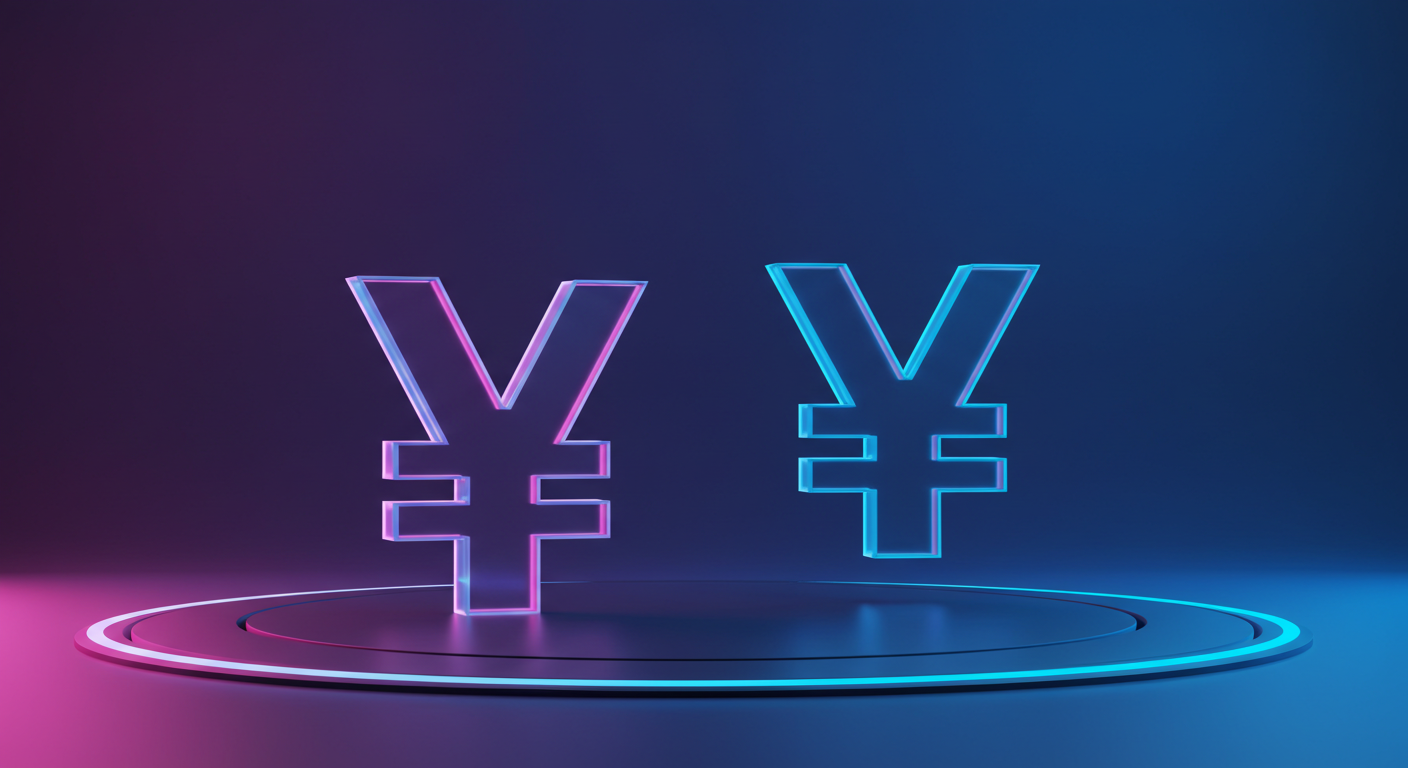
A recent Reuters poll of economists conducted from 7 to 13 May shows that 59 out of 62 economists (95%) predict no change in interest rates during the Bank of Japan’s (BOJ) June meeting. Additionally, 39 out of 58 economists (67%) expect rates to remain stable through the third quarter, up from 36 in the last poll.
Meanwhile, 30 of 58 economists (52%) forecast at least one more rate hike by the end of the year. The median prediction for the interest rate at the end of September has been adjusted to 0.50%, down from 0.75%, while the year-end rate expectation remains at 0.75%. Additionally, 55% of economists approve of Japan’s tariff negotiations with the US.
Market Sentiment And Expectations
In terms of market sentiment, traders currently assign a 98% probability to rates remaining unchanged in June. For the rest of the year, only about 17 basis points are anticipated for the December meeting, supporting the general expectations for rates to hold steady particularly through the third quarter.
The published forecasts from Reuters highlight a broad consensus: most participants seem confident that the Bank of Japan will hold steady in June. A full 95% expect no change, and two-thirds believe this pause in rates could persist through the third quarter. That shift from 36 to 39 economists compared to the last survey might look modest at a glance, but it’s enough to reinforce how firmly the sentiment is taking root.
There’s also an interesting shift in the expected path beyond that. Over half are now predicting at least one more rate hike before the year draws to a close. Notably, though, the bias appears softer—expectations for September were adjusted downwards, from 0.75% to 0.50%, even as the anticipated year-end level stayed put. That reduction suggests a delay, not necessarily a cancellation, in the direction some had mapped prior. The market itself reflects this—pricing in just 17 basis points by December. That’s really not much. So despite what might seem an upward tilt farther out, traders are not racing to front-run it.
With this in mind, we’ve adjusted our bias along the short end of the curve. There is less urgency to price in near-term hikes, especially given how heavily the odds weigh towards a pause next month. The 98% probability tells its own story—almost universal conviction. That narrows the opportunity window, meaning reactions to any deviance in BOJ rhetoric or macro data may come with oversized responses. We’ve scaled back more aggressive positions that leaned on immediate volatility.
Trade Dialogue And Market Alignment
Suzuki’s administration, meanwhile, has gained cautious support for its handling of trade dialogue with Washington. Just over half favoured the way these talks have gone. That figure offers context more than direction, but it feeds partially into the tone surrounding external pressure. There’s little appetite, as it stands, for anything that could force the hand of policymakers at home. That makes surprises—if they come—less likely to originate from an international flashpoint and more from domestic developments.
The downward revision in near-term rate expectations tells us something else too: markets are aligning with patience more than momentum. Technical levels around yen futures have started to reflect this cooling. Option skews have flattened. Call spreads pushing further out into the calendar are being unwound in stages. We’ve seen a similar narrative unfold across interest rate swaps—term premiums are softening, and carry plays leaning into stasis are returning in higher volumes.
The key, then, in our view has not been to chase direction but to manage timing. While the poll shows some expectation of movement by the end of the year, that conviction remains fragile. It’s enough to merit hedging exposure, but too low to justify large positioning.
We’ll be watching BOJ statements closely, but also secondary data—consumer prices, wage growth, and employment signposts—which could exert more pressure than before given how near-term expectations are now priced to deliver so little. Any upside surprise would create a ripple effect where even modest data movement could shift sentiment abruptly and rebuild premium along the OIS strip.







